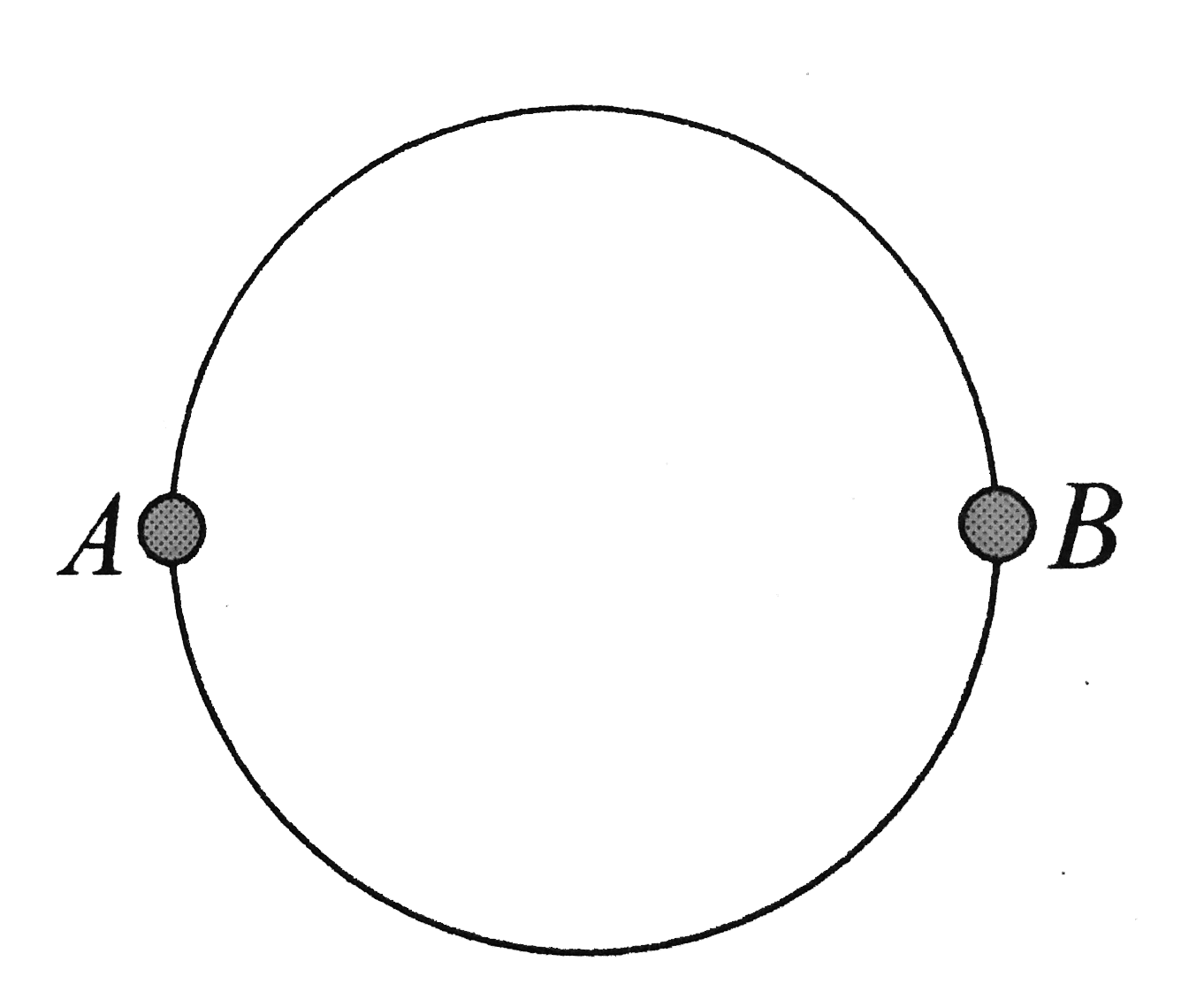Consider a thin square sheet of side L and thickness t, made of a material of resistivity ρ. The resistance between two opposite faces, shown by the shaded areas in the figure is

directly proportional to L
directly proportional to t
independent of L
independent of t
The correct Answer is:C
R=ρ(L)A=ρLtL=ρt
i.e R is independent of L.
Hence the correct option is c.
Topper's Solved these Questions
- CURRENT ELECTRICITYBOOK - DC PANDEYCHAPTER - CURRENT ELECTRICITYEXERCISE - Exercise 23.5
2 Videos
- CURRENT ELECTRICITYBOOK - DC PANDEYCHAPTER - CURRENT ELECTRICITYEXERCISE - Exercise 23.6
5 Videos
- CURRENT ELECTRICITYBOOK - DC PANDEYCHAPTER - CURRENT ELECTRICITYEXERCISE - Exercise 23.3
2 Videos
- COMMUNICATION SYSTEMBOOK - DC PANDEYCHAPTER - COMMUNICATION SYSTEMEXERCISE - Subjective
11 Videos
- ELECTROMAGNETIC INDUCTIONBOOK - DC PANDEYCHAPTER - ELECTROMAGNETIC INDUCTIONEXERCISE - Medical entrances gallery
25 Videos
Similar Questions
There is an infinite thin flat sheet with mass density η per unit area. Find the gravitational force, due to sheet, on a point mass m located at a distance x from the sheet.Consider a large flat horizontal sheet of material density r and thickness t, placed on the surface of the earth. The density ϕof the earth is ϕ0 If it is found that ravitational field intensity just between the sheet is larger than field just above it, prove that rho_(@)lt(3)/(2)rho.
View SolutionConsider a wire of length l, area of cross section A, and resistivity ρ with resistance 10Ω. Its length is increased by applying a force, and it becomes four times of its original value. Find the changed resistance of the wire.
View Solution
Knowledge Check
Consider a thin square sheet of side L and thickness t, made of a material of resistivity ρ. The resistance between two opposite faces, shown by the shaded areas in the figure is
 Adirectly proportional to LBdirectly proportional to tCindependent of LDindependent of t
Adirectly proportional to LBdirectly proportional to tCindependent of LDindependent of tA wire has linear resistance ρ (inΩm−1). Find the resistance R between points A and B if the side of the big square is d.
 Aρd√2B(√2)ρdC2ρdDnone of these
Aρd√2B(√2)ρdC2ρdDnone of theseA wire of resistance 12Ωm−1 is bent to from a complete circle of radius 10cm. The resistance between its two diametrically opposite points, A and B as shown in the figure, is
 A0.6πΩB3πΩC6πΩD6πΩ
A0.6πΩB3πΩC6πΩD6πΩ
The inductance L of a solenoid of length l, whose windings are made of material of density D and resistivity ρ, is (the winding resistance isR)
View SolutionA solid cylinder of length l and cross-sectional area A is made of a material whose resistivity depends on the distance r from the axis of the cylinder as ρ=k/r2 where k is constant . The resistance of the cylinder is -
View SolutionThe resistance of all the wires between any two adjacent dots is R. Then, equivalent resistance between Aand B as shown in figure is

View SolutionFigure 5.260 shows two square, X and Y cut from a sheet of metal of uniform thickness t. X and Y have sides of length L and 2L, respectively.

The resistances RxandRy of the squares are measured between the opposite faces shaded in fig. What is the value of Rx/Ry?
View SolutionFour conductors of same resistance connected to form a square. If the resistance between diagonally opposite corners is 8 ohm, the resistance between any two adjacent corners is
View Solution
